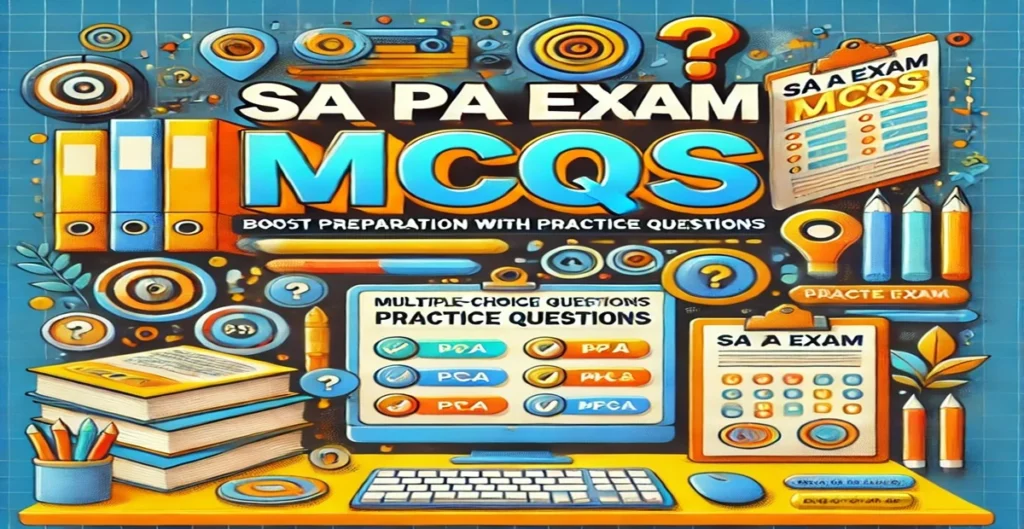Q1. What is the primary objective of the CVC guidelines on public procurement?
A) To maximize the profit of government contracts
B) To ensure transparency, fairness, and minimize corruption in procurement processes
C) To reduce the number of public procurement processes
D) To promote the private sector involvement in government procurement
[show_answer]The correct answer is: To ensure transparency, fairness, and minimize corruption in procurement processes [/show_answer]
Q2. Which of the following is NOT one of the main objectives of the CVC guidelines on public procurement?
A) Ensuring transparency
B) Promoting fairness and competition
C) Increasing the cost of procurement
D) Enhancing efficiency
[show_answer]The correct answer is: Increasing the cost of procurement [/show_answer]
Q3. What is the primary purpose of e-Procurement in the Government of India?
A) To increase paperwork
B) To streamline and enhance the efficiency of public procurement
C) To maintain manual records for auditing
D) To reduce the number of suppliers participating in government procurement
[show_answer]The correct answer is: To streamline and enhance the efficiency of public procurement [/show_answer]
Q4. Which of the following is a key feature of e-Procurement?
A) Paper-based submission
B) Physical signing of documents
C) Automated workflow
D) Handwritten bids submission
[show_answer]The correct answer is: Automated workflow [/show_answer]
Q5. What does digital signature in e-Procurement primarily ensure?
A) Faster bid submission
B) Transparency in pricing
C) Authenticity and security of bids
D) Decreased competition among vendors
[show_answer]The correct answer is: Authenticity and security of bids [/show_answer]
Q6. Which of the following is a prescribed action in the CVC guidelines for e-Procurement?
A) Use of government-approved portals for e-tendering
B) Allowing paper-based submissions
C) No audits required for e-procurement
D) Avoidance of online bidding
[show_answer]The correct answer is: Use of government-approved portals for e-tenderings [/show_answer]
Q7. The Government e-Marketplace (GeM) is designed to:
A) Simplify procurement for government agencies
B) Promote paper-based procurement processes
C) Limit vendor participation in bidding
D) Increase procurement complexity
[show_answer]The correct answer is: Simplify procurement for government agencies [/show_answer]
Q8. Which of the following is a benefit of e-Procurement?
A) Increased paperwork
B) Increased costs related to transportation
C) Reduced human intervention and lower risk of errors
D) Slower decision-making
[show_answer]The correct answer is: Reduced human intervention and lower risk of errors [/show_answer]
Q9. What is one of the challenges of implementing e-Procurement in India?
A) Overuse of technology
B) Lack of internet access and infrastructure
C) Excessive vendor competition
D) Decreased vendor participation
[show_answer]The correct answer is: Lack of internet access and infrastructure [/show_answer]
Q10. What does the CVC primarily do in monitoring public procurement and e-Procurement?
A) Issue advisories and circulars
B) Increase the cost of procurement
C) Promote paper-based procurement methods
D) Minimize vendor participation
[show_answer]The correct answer is: Issue advisories and circulars [/show_answer]
